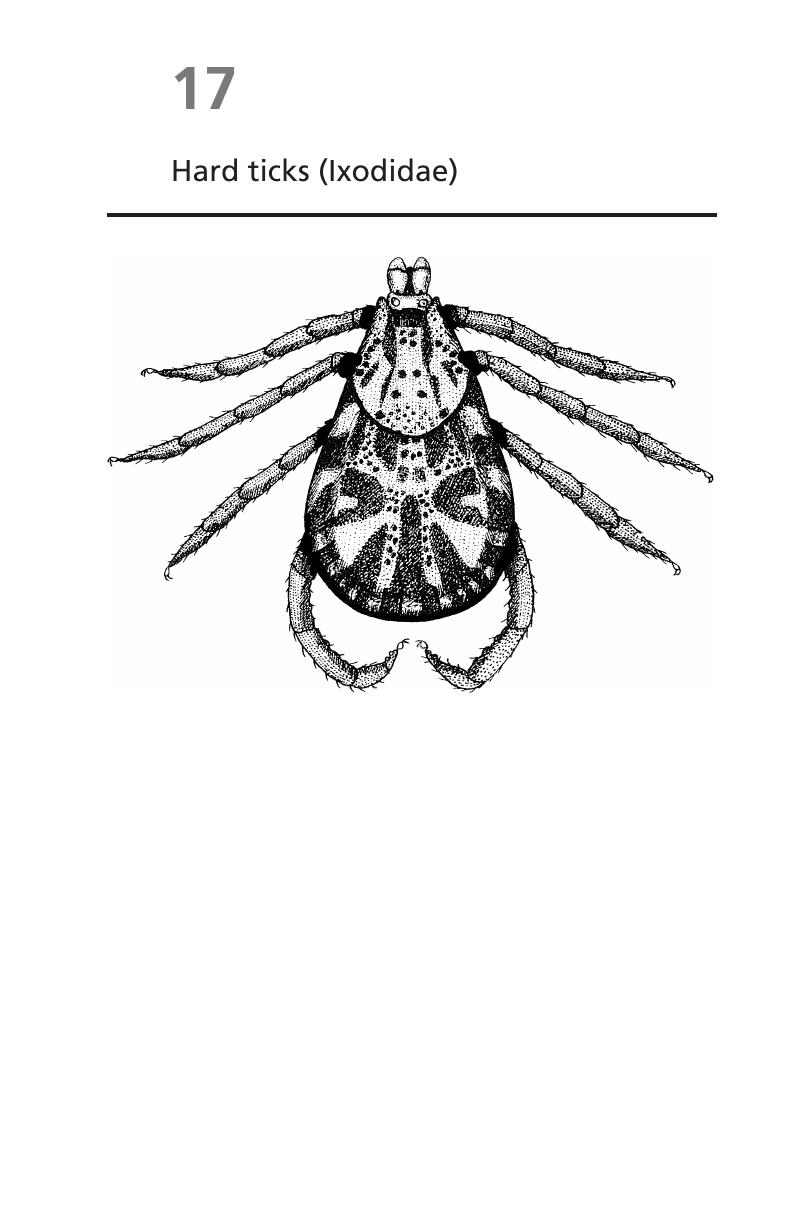Book contents
- Frontmatter
- Contents
- Preface to the first edition
- Preface to the second edition
- Preface to the third edition
- Preface to the fourth edition
- Acknowledgements
- 1 Introduction to mosquitoes (Culicidae)
- 2 Anopheline mosquitoes (Anophelinae)
- 3 Culicine mosquitoes (Culicinae)
- 4 Black-flies (Simuliidae)
- 5 Phlebotomine sand-flies (Phlebotominae)
- 6 Biting midges (Ceratopogonidae)
- 7 Horse-flies (Tabanidae)
- 8 Tsetse-flies (Glossinidae)
- 9 House-flies and stable-flies (Muscidae) and latrine-flies (Fanniidae)
- 10 Flies and myiasis
- 11 Fleas (Siphonaptera)
- 12 Sucking lice (Anoplura)
- 13 Bedbugs (Cimicidae)
- 14 Triatomine bugs (Triatominae)
- 15 Cockroaches (Blattaria)
- 16 Soft ticks (Argasidae)
- 17 Hard ticks (lxodidae)
- 18 Scabies mites (Sarcoptidae)
- 19 Scrub typhus mites (Trombiculidae)
- 20 Miscellaneous mites
- Appendix Names of some chemicals and microbials used in vector control
- Glossary of common terms relevant to medical entomology
- Select bibliography
- Index
- Plate section
- References
17 - Hard ticks (lxodidae)
Published online by Cambridge University Press: 05 July 2014
- Frontmatter
- Contents
- Preface to the first edition
- Preface to the second edition
- Preface to the third edition
- Preface to the fourth edition
- Acknowledgements
- 1 Introduction to mosquitoes (Culicidae)
- 2 Anopheline mosquitoes (Anophelinae)
- 3 Culicine mosquitoes (Culicinae)
- 4 Black-flies (Simuliidae)
- 5 Phlebotomine sand-flies (Phlebotominae)
- 6 Biting midges (Ceratopogonidae)
- 7 Horse-flies (Tabanidae)
- 8 Tsetse-flies (Glossinidae)
- 9 House-flies and stable-flies (Muscidae) and latrine-flies (Fanniidae)
- 10 Flies and myiasis
- 11 Fleas (Siphonaptera)
- 12 Sucking lice (Anoplura)
- 13 Bedbugs (Cimicidae)
- 14 Triatomine bugs (Triatominae)
- 15 Cockroaches (Blattaria)
- 16 Soft ticks (Argasidae)
- 17 Hard ticks (lxodidae)
- 18 Scabies mites (Sarcoptidae)
- 19 Scrub typhus mites (Trombiculidae)
- 20 Miscellaneous mites
- Appendix Names of some chemicals and microbials used in vector control
- Glossary of common terms relevant to medical entomology
- Select bibliography
- Index
- Plate section
- References
Summary

- Type
- Chapter
- Information
- Medical Entomology for Students , pp. 224 - 238Publisher: Cambridge University PressPrint publication year: 2008
References
- 1
- Cited by



